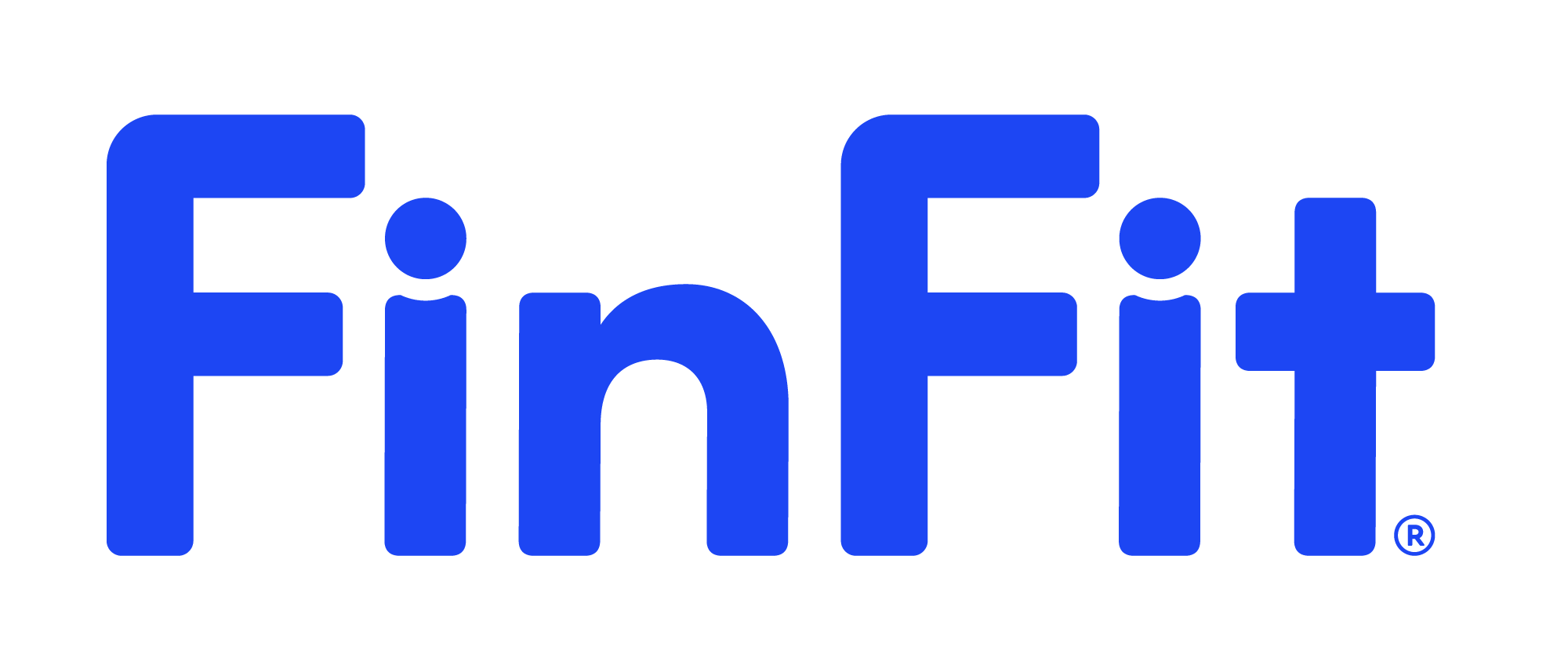As summer winds down and the end of the year creeps closer, many of us are focused on wrapping up our to-do lists—decluttering closets, checking off financial goals, and getting organized before the holiday rush. But here’s one important task that often slips through the cracks:
Tracking down your old 401(k)s and retirement accounts. If you’ve changed employers over the years, there’s a chance that you may have old retirement accounts out there.
According to a 2021 study from Capitalize, Americans have over $1.65 trillion in forgotten 401(k) assets, and the average person will hold 12 jobs over the course of their career. With every job switch, there’s a chance a 401(k) got left behind.
If that sounds familiar, here’s what you need to know to reclaim your retirement savings—and potentially give yourself a big end-of-year win.
Why lost 401(k)s matter
Just because you’re not thinking about those old retirement accounts doesn’t mean they’ve disappeared.
Left unmanaged, they can:
- Sit in high-fee investment plans
- Underperform without active management
- Be forgotten altogether—leaving money on the table when you need it most
And depending on how long it’s been, tracking down and accessing these accounts could take time.
That’s why now is a perfect opportunity to revisit your career history and gather the financial puzzle pieces.
How to find old 401(k)s and retirement accounts
Here’s your step-by-step guide to getting started:
1. Make a list of past employers
Think back through your work history. Did any of those employers offer a 401(k) or similar retirement plan? Use old resumes, pay stubs, or W-2s to help jog your memory.
2. Contact the HR departments
If the company is still around, call or email the Human Resources department and ask for plan administrator contact details.
3. Use the national registry
Check the National Registry of Unclaimed Retirement Benefits (www.unclaimedretirementbenefits.com) and the Department of Labor’s Abandoned Plan Database to search for unclaimed 401(k)s tied to your name or Social Security number.
4. Check with your old 401(k) provider
If you remember the name of the investment firm (Fidelity, Vanguard, Empower, etc.), you can reach out directly. Provide your name, former employer, and approximate dates of employment.
Should you combine old retirement accounts?
Once you’ve tracked them down, you’ll face a decision: keep your old 401(k)s where they are, or roll them over into one consolidated account (like an IRA or your current employer’s 401(k)).
Benefits of consolidating:
- Easier to manage and monitor
- Potential for lower fees
- Improved investment options
- No more forgotten accounts
Let’s say a 30-year-old has $20,000 in an old 401(k) with a 1.5% annual fee and 4% growth. By rolling it into a lower-cost IRA with a 0.5% fee and the same growth, they could have over $19,000 more by age 65.
That’s the power of compounding and smart management.
When should you not combine?
Some retirement accounts—especially older pensions or those with guaranteed benefits—might have:
- High early withdrawal or transfer fees
- Strong guarantees worth keeping (like fixed annuity payments or early retirement perks)
- Employer stock options with tax advantages
If you’re unsure whether to roll over a specific account, it’s a good idea to consult a certified financial advisor before making changes.
Let technology help
Managing multiple retirement accounts doesn’t have to be overwhelming. There are now digital tools and platforms that specialize in finding and consolidating old 401(k)s. Apps like Capital, Beagle, and RollOverHelp make it easier than ever to locate lost funds and bring them together under one roof.
Many of these platforms only require your name, date of birth, and former employer info to get started.
Final Thought: A Small time investment, a big future return
As we move into fall, take a few hours to find and reclaim your old retirement accounts. You’ve worked hard for every dollar in those accounts—and they could be key to a more comfortable retirement.
Whether you choose to consolidate, invest, or simply gain clarity over your full retirement picture, this is self-care that your future self will thank you for.
Looking to make retirement planning part of your larger financial wellness journey? FinFit’s tools and resources can help you stay on track with savings goals, budget management, and more—just in time for a fresh start in the new year.
 Learn
Learn